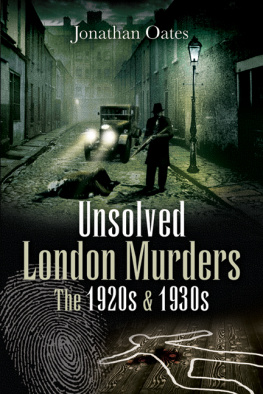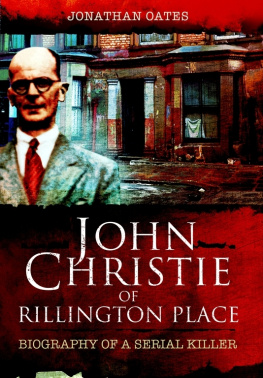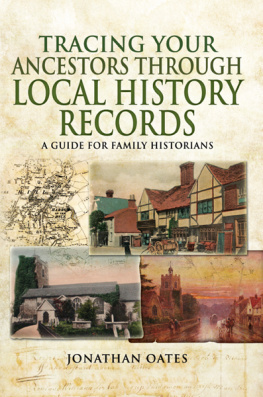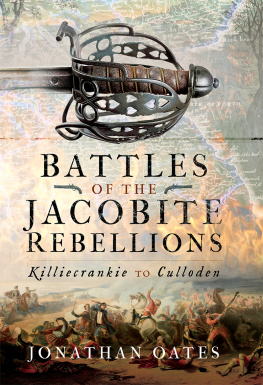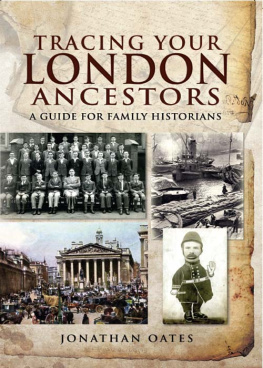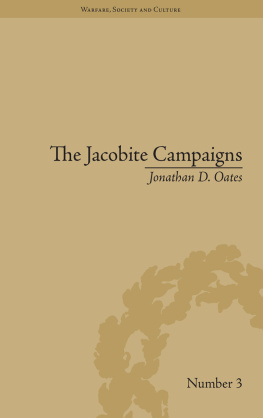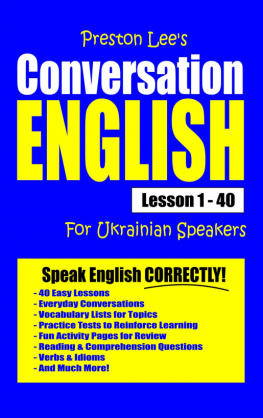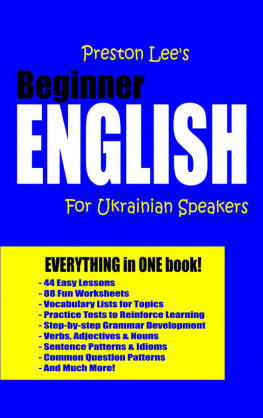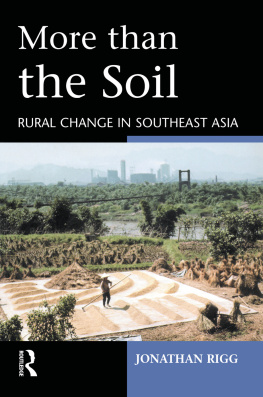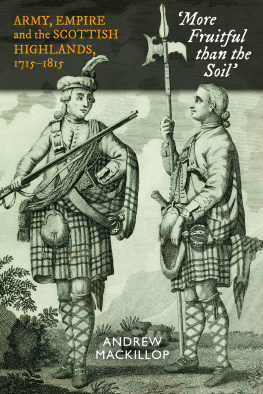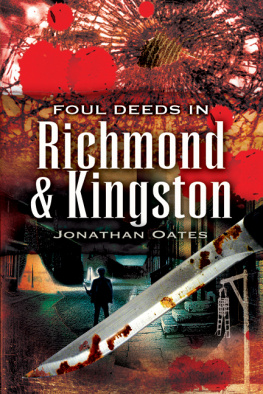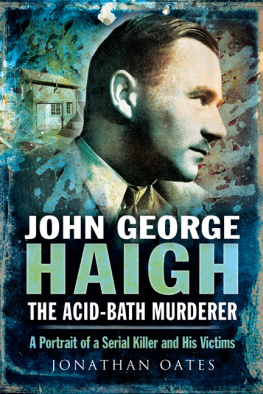THE LAST BATTLE ON ENGLISH SOIL, PRESTON 1715
The book is dedicated to Liz, from Yorkshire.
The Last Battle on English Soil, Preston 1715
JONATHAN OATES
London Borough of Ealing Archives, UK
First published 2015 by Ashgate Publishing
Published 2016 by Routledge
2 Park Square, Milton Park, Abingdon, Oxon OX14 4RN
711 Third Avenue, New York, NY 10017, USA
Routledge is an imprint of the Taylor & Francis Group, an informa business
Copyright Jonathan Oates 2015
Jonathan Oates has asserted his right under the Copyright, Designs and Patents Act, 1988, to be identified as the author of this work.
All rights reserved. No part of this book may be reprinted or reproduced or utilised in any form or by any electronic, mechanical, or other means, now known or hereafter invented, including photocopying and recording, or in any information storage or retrieval system, without permission in writing from the publishers.
Notice:
Product or corporate names may be trademarks or registered trademarks, and are used only for identification and explanation without intent to infringe.
British Library Cataloguing in Publication Data
A catalogue record for this book is available from the British Library
Library of Congress Cataloging-in-Publication Data
Oates, Jonathan.
The last battle on English soil, Preston 1715 / by Jonathan Oates.
pages cm
Includes bibliographical references and index.
ISBN 9781472441553 (hardcover : alkaline paper) ISBN 9781315556369 (ebook) ISBN 9781317026402 (ePub)
1. Jacobite Rebellion, 1715 Campaigns England Preston (Lancashire) 2. Preston (Lancashire, England) History, Military 18th century. 3. Jacobite Rebellion, 1715 Campaigns England, Northern. 4. Jacobite Rebellion, 1715 Campaigns Scotland Lowlands. 5. England, Northern History, Military 18th century. 6. Lowlands (Scotland) History, Military 18th century. 7. Jacobite Rebellion, 1715 Social aspects. I. Title.
DA814.3.O25 2015
941.071dc23
2014048294
ISBN: 9781472441553 (hbk)
ISBN: 9781315556369 (ebk-PDF)
ISBN: 9781317026402 (ebk-ePUB)
Contents
Acknowledgements
This book has its genesis in 2007, a year after the publication of a book I had written about the Jacobite invasion of North West England in 1745. It was written as a prequel, but one which considered the roles of the Jacobite army and the regular forces of the state, both military and judicial, both during and after the campaign. In the intervening years it has undergone numerous rewritings in order to increase our understanding of that campaign in England.
I would like to thank all those who have helped me with this book. These include Professor Daniel Szechi, Professor Bill Speck, John Nicholls MBE and Dr Eveline Cruickshanks, for having commented on the text. Don Higham and Ruth Costello have looked up documents relevant to Jacobite prisoners for me and my mother has assisted with research at Preston. Sir Bernard de Hoghton, Paul Howard Lang, John Nicholls and Towneley Hall have helped with a number of the illustrations seen here. Lancashire Record Office and the National Portrait Gallery, London, also assisted with the provision of illustrations. To the archive and library staff in London, Carlisle, Preston, Kendal and Chester, who fetched me numerous documents, without which this book would have been impossible, my thanks.
List of Illustrations
Illustrations appear after page 243
1 Earl of Derwentwater. Authors collection.
2 Thomas Forster, MP. Courtesy of John Nicholls MBE.
3 Francis Atterbury. Authors collection.
4 Baron George Carpenter. Mezzotint by John Faber Jr, after Johan van Diest (1719 or after). NPG D11252. National Portrait Gallery, London.
5 Hoghton Tower. Courtesy of Sir Bernard de Hoghton.
6 Richard Towneley. Towneley Hall Museum.
7 Sir Charles Wills. Mezzotint by John Simon (published by Edward Cooper, after Michael Dahl, published circa 17001725). NPG D19943. National Portrait Gallery, London.
8 Map of the North of England. Author.
9 Map of the Battle of Preston. Lancashire Record Office.
10 Re-enactors: Redcoat soldiers, 2013. Authors photo.
11 Re-enactors: Jacobites, 2013. Authors photo.
Introduction
This is a book in which a battle looms large the last battle fought on English soil, which was at Preston. It is, then, to a large extent a military history, about the officers and men and the little known and less understood battle in which they participated. Yet, in order to understand why and where the battle was fought, it is also highly relevant to explore the campaign which led to it, and it also concerns those civilians in the north-western counties who found themselves caught up in that campaign, that battle and its aftermath, for distinctions between combatant and non-combatant were not always clear-cut. So there are also elements of political, social and religious history interlaced with military matters.
There was a major military effort to overturn the newly established monarchy and government in Britain in 1715. However, it is a relatively overlooked episode in British history, which this book aims to shed light on, building on the work of recent scholars, especially Daniel Szechis magisterial survey of the whole campaign and its aftermath. In doing so, it reveals fresh insights on the Fifteen, and so is pertinent to both national history and local history. It also explores the effectiveness and remit of the early modern state as it operated at county level.
This relative neglect is not surprising. The Jacobite rebellion of 1715 is usually overshadowed by the better-known Jacobite campaign of 1745, as is oft remarked upon by the historians of the former. There are very few books solely on the subject (four in the past century); this may be because of historians traditional neglect of the topic or publishers doubts about the viability of such a publication. Often it is treated as a cursory prelude to the better-known rebellion or the history of the British Army, or appears fleetingly in books about battlefields in England/Britain. In terms of more popular culture, there are no films set at the time of the Fifteen, nor, for Preston, are there any battlefield memorials and only a small display in the town museum; in all, the Forty Five reigns supreme.
Yet contemporaries saw the matter in a very different light. The number of men in Britain who supported the Jacobite cause by joining the Jacobite armies was far higher in 1715 than in 1745. This support was not just from the Stuarts traditional heartland of Scotland, but from northern England, too, and from all sections of society. From the governments point of view, this was a very dangerous threat. The new king of a new and foreign dynasty, George I, had been on the throne for barely a year, and he and his government presided over a politically divided society. Furthermore, the armed forces had been reduced following the end of the War of the Spanish Succession (170213). It is arguable that this bid for the throne posed a greater danger than that of 1745, despite all the latters apparent initial success.
A definition of what a Jacobite was is essential at the outset. It was a term which came from the Latin for James, Jacobus. In the context of this book, a Jacobite was someone who wished James Francis Edward Stuart, son of James II, to be restored to the thrones which had been lost by his father in 1688. He was known to his supporters as James VIII and III; to his enemies as the Pretender (and to history, generally, as the Old Pretender). The extent of the Jacobites commitment was variable, ranging from drinking his health in private, to taking part in demonstrations in public, to participating in active conspiracies and even rising in arms to put James on the British throne.



